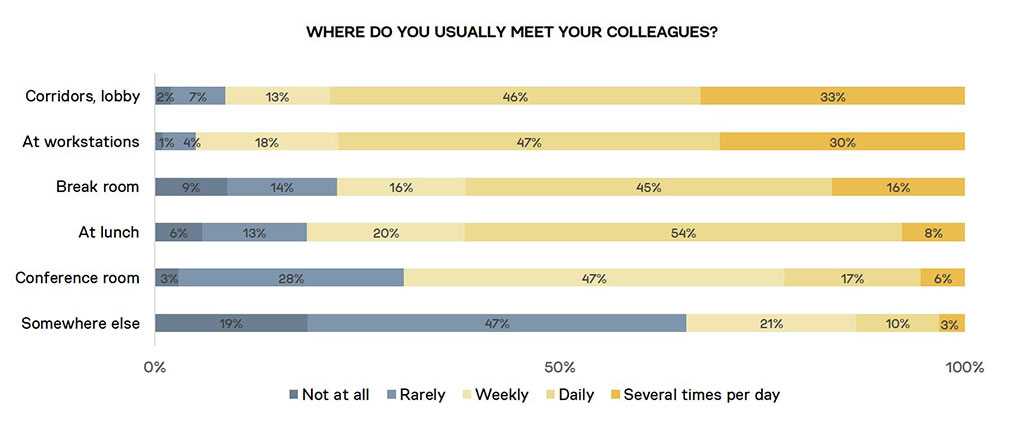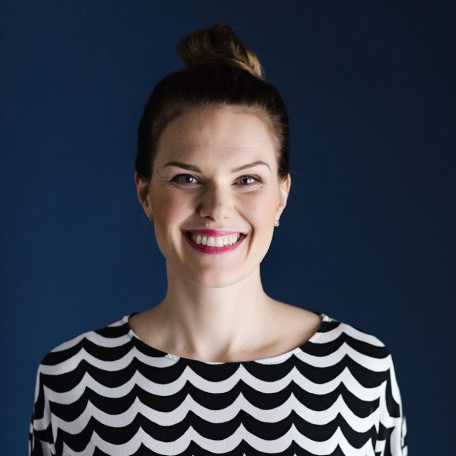Guest blog: Aku Varamäki, Workday Designers
I recently chatted to the head teacher of a primary school who told me that at their school they have this mutual agreement where the pupils’ mobile phones must stay in their backpacks for the whole school day. The head teacher’s reasons for this have stuck in my mind: "We are here for each other". This felt fresh and important back then, and it still does.
But are we here for each other in this way in working life? Should we ban mobile phones from the workplace? And how can we combine being present for others, which is an important part of many knowledge workers’ work, on the one hand, with uninterrupted concentration on work, on the other? The demands of work can often be very contradictory!
Interruptions are a big problem for knowledge workers
Offices have not fully succeeded in reinventing themselves to meet the needs of the transformation of work. According to TTS (Työtehoseura) interruptions eat away, on average, at 20 to 30 per cent of a knowledge worker's working day. Most of the interruptions (more than five hours a week!) are caused by another person. That's a bad thing, as it takes up to 20-40 minutes for the brain to get back into the work again.
Some of the interruptions are caused by notifications from various means of communication, but some of these are caused by colleagues who interrupt your flow. At the same time, the actual reason that we come to the workplace is to meet these colleagues and the interruptions are often needed for the work to progress.
Our offices are not, however, primarily designed for such occasional encounters: conference facilities are often located in premises intended for external meetings, separate from those areas where we do (or try to do) the work that requires concentration. In fact, Martela Insights data reveals that most discussions take place in corridors and at workstations.

Research has found that noise is not necessarily the disruptive factor at work – for example, many find it easier to concentrate in the consistent noise of a café – it is precisely the interruptions that take place at the office, some of which may be self-inflicted, that are disruptive. It can be difficult to keep concentrating on the task at hand when your colleagues next to you are discussing something that is related to your own work.
At the same time, work is increasingly a process of solving annoying problems together. Studies show, however, that the productivity of a meeting decreases in proportion to the number of participants. The optimum number of participants is seven or less – when there are more than seven, problems do not get discussed and not everyone is able to participate.
That's why completely new types of spaces are needed in offices, where you can withdraw to talk in peace and without disturbing others. This is a challenge at least for us. You can’t have confidential calls or conversations in the same workspace where a colleague is trying to concentrate, or in an open-plan office where others can hear your conversations.
Martela's PodBooth Meeting is one way of solving the situations that we face more and more at the office. You can withdraw into the booth for a spontaneous meeting with a colleague while taking a Skype call with another colleague at the same time. The company’s more official conference rooms still have a place at the office, but we also need spaces for spontaneous conversations that are located close to workstations and do not need separate booking. Above all, we need new types of spaces where we can be present for each other.
How has the transformation of working habits affected your office?
